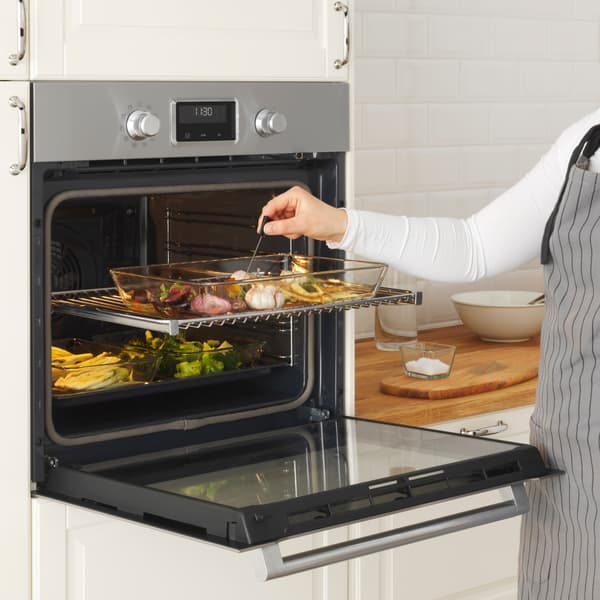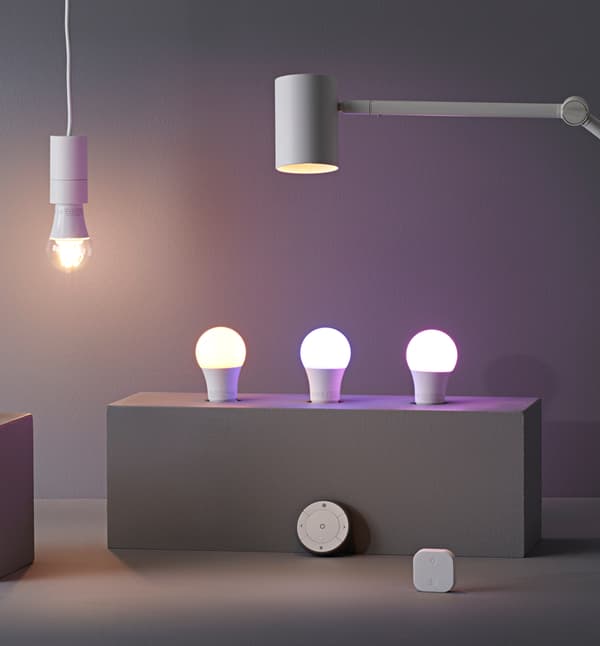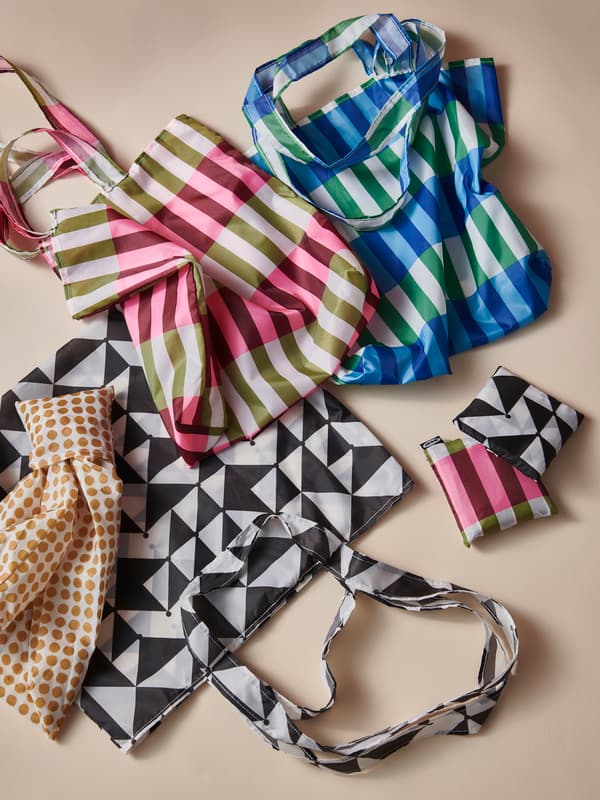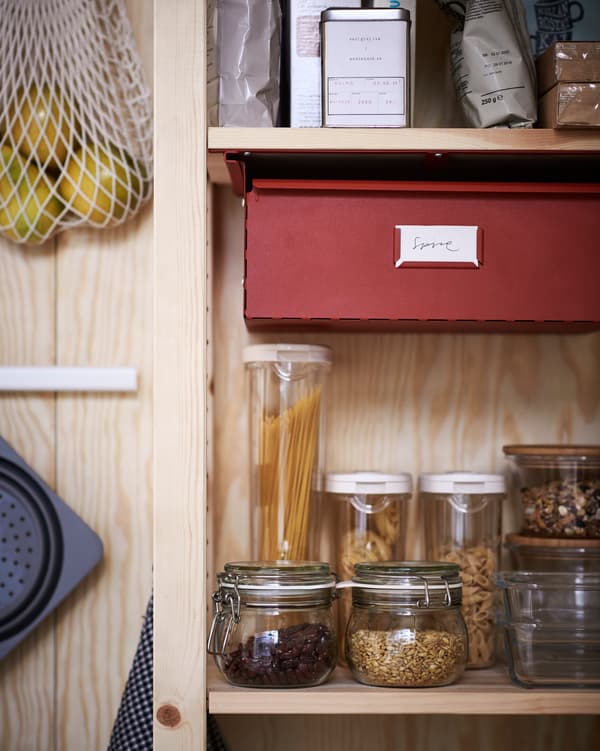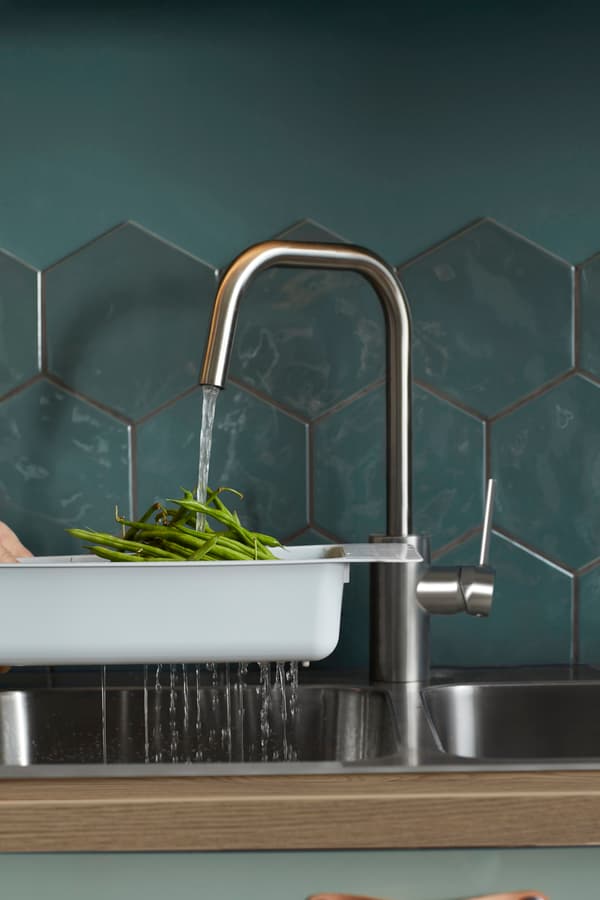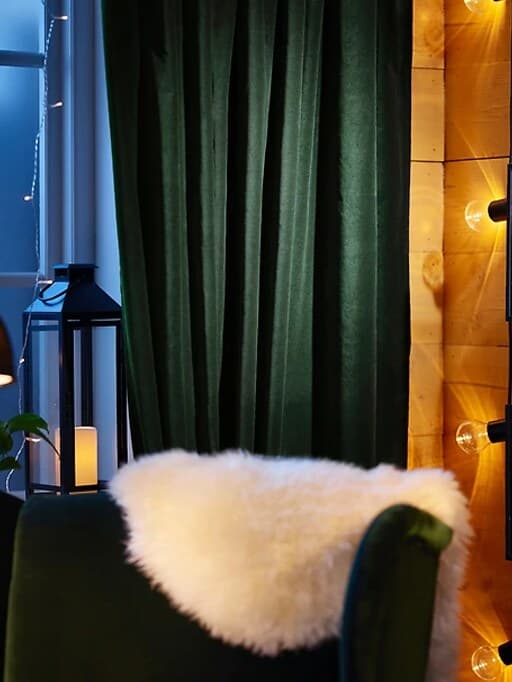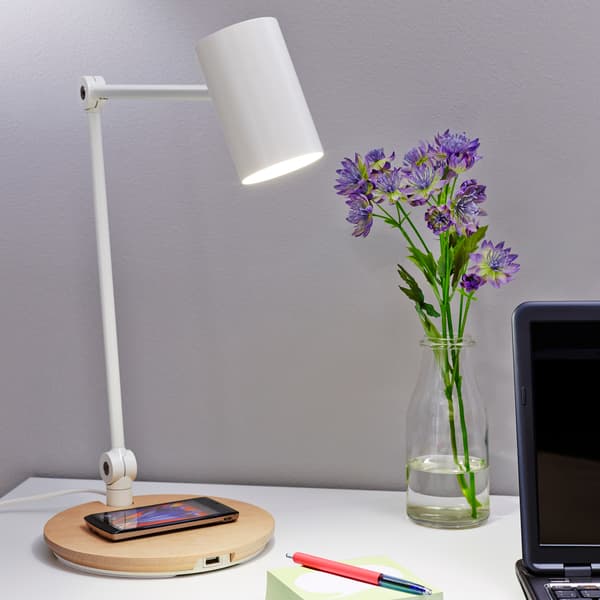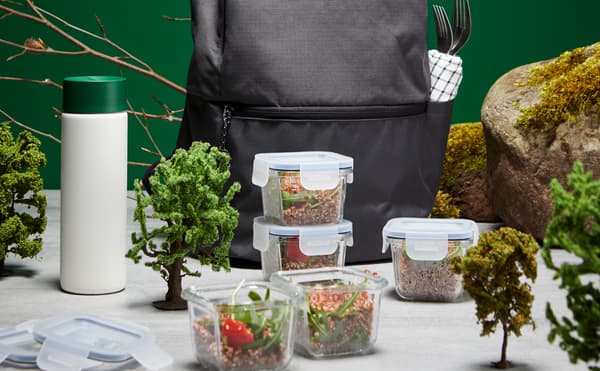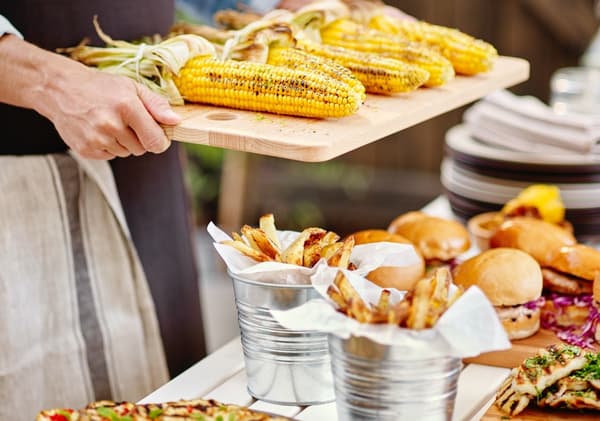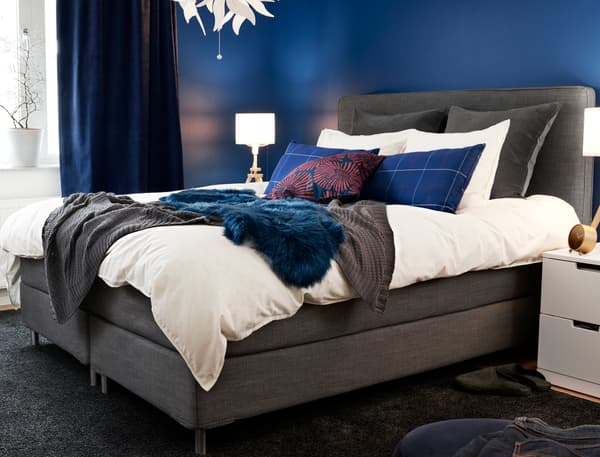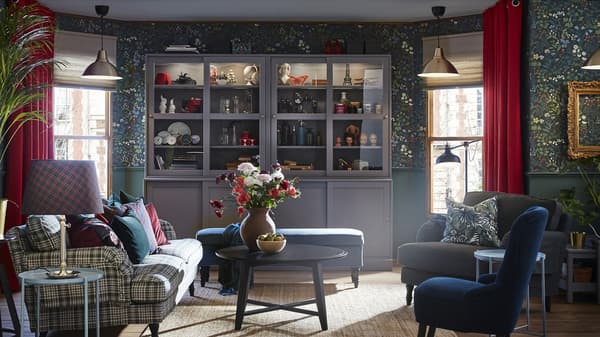Eight tips for saving money at home with minimal effort
Saving money at home is one of the things that the majority of us are most concerned about. We don’t know how, but suddenly we look at our account and... boom! Where has the money gone? These concerns change our mood and subject us to additional stress that negatively affects our well-being.
So, we want to offer you eight really simple tips for saving money at home with minimal effort. We can save money when we change our habits, when we’re aware that we’re doing some things wrong at home, and when we see that there are other ways of doing things at certain times.
1. Make sure you have the right appliances
Appliances play a huge role in saving money on bills. If yours are already a bit older, perhaps now is the perfect time to change them for A+++ appliances, which will help to reduce your bills considerably.
You can save the price of the appliance with only one or two years of use, since you start saving from the very moment you plug it in in your kitchen. For example, an A+++ fridge uses half the energy that an A+ fridge does. Or an energy-efficient washing machine uses 30% less electricity than one that isn’t.
Don’t you think this will make a noticeable difference to your wallet at the end of the month?
2. Change all your light bulbs to LEDs to save money
It’s the same with LED light bulbs. Although they’ve been fully established in the market for many years, a lot of people still use halogen or traditional bulbs, with the resulting impact showing on their electricity bill at the end of the month.
If you still haven’t swapped all of your light bulbs for LEDs, what are you waiting for? You have every reason to do so:
- They can last up to 20 years, so imagine how much you’ll save on buying light bulbs in the long run.
- Your electricity bill will drop considerably, since they consume up to 85% less energy.
- LED light bulbs convert 90% of their energy into light, while traditional light bulbs only manage between 10 and 15% and waste the rest.
- The quality of light is superior, and they don’t “overheat” the room, as is the case with traditional light bulbs.
Want to see more about sustainability and saving money at home?
3. Save on food: package and reuse leftovers
Throwing food away is one of the habits that we should try to give up immediately, especially if we want to save money on the food shop. When you’re cooking, you have two options: either make the right portion for each person at the table, or cook extra and freeze it for another day.
Equally, if there’s leftover food on your plate, why does it need to go in the bin? Keep it in a container and eat it at another time. And if there isn’t much left, create a new recipe with the leftovers, or combine them with some white rice.
Of course, it’s important to shop conscientiously – use a list and don’t pick up things that you don’t need. Shop wisely! The less you waste, the more you save.
4. Plastic bags? Switch them for fabric ones!
At IKEA, we put sustainability and the environment above all else. Adopting a more sustainable lifestyle can also help us to achieve the savings we’re looking for.
One small step that helps both the planet and your wallet is simply using fabric or reusable bags when doing your shopping. Did you know that a conventional single-use plastic bag takes hundreds of years to decompose? So, instead of buying one of those every time you run errands, take a fabric bag instead. Penny by penny, you’ll have a little more money saved. And another advantage, as if there weren’t enough of them, is that you’ll avoid having the classic disaster drawer full of plastic bags at home. Now you can use it for something that truly deserves a place in your home.
At IKEA, our bags are made of recycled polyester, mostly from PET bottles. This means we avoid wasting resources and give plastic a new life.
Oh! If you think you’re going to have too much to carry, use a trusty shopping bag on wheels where you can put all your fabric bags and transport them comfortably. They’re fashionable and there are some gorgeous prints!
5. Give new life to bottles, jars and other kitchen containers
Empty wine bottles, glass jars and even tins can have a new lease of life at home that helps save a bit of money.
Here are a few ideas!
- Use empty glass jars as containers for meals, soups and sauces. They’re really easy to clean and tastes and smells stick to them less than they do to plastic, meaning you spend less money on water to clean them.
- Or reuse them for storing legumes, rice, pasta or any kind of food in your pantry.
- Empty wine bottles can be ideal for decorating. Put a nice flower inside and, if you want to, customise it.
- Newspapers and magazines can be really useful at home, like for covering and protecting a table when the kids are going to do crafts. Keep the tablecloth safe!
6.
Taps (and habits) to help you save water and reduce your bill
Did you know that IKEA taps help you save money? Our taps have an aerator inside, meaning thatthey use 50% less water and use less electricity to heat it.
Although, take note! Because there are also some other ways to save water at home that we should bear in mind:
- Turn off the tap when you’re not using the water, even if it’s only for a short time (like while you lather up or brush your teeth). Did you know that leaving the tap running while you do something else wastes 12 litres of water per minute?
- Use the water that comes out of the shower while it heats up to fill something like the mop bucket.
- Always wash with a full load in the dishwasher or washing machine. If there are only a few plates, it’s better to clean them by hand.
- Having a shower uses less than half the water that having a bath.
- Don’t flush things down the toilet like it’s a bin! Every time we flush the toilet it uses 6 to 12 litres of water.
7.
Keep an eye on the heating and air conditioning
The same as with water and light bulbs, the way we use heating and air conditioning also has a large effect on our bills.
It’s vital to always keep them at the right temperature: the heating should be at around 20–22 degrees during the day, and the air conditioning at around 24–25 degrees. Every degree higher or lower, respectively, will raise our bills significantly.
During both winter and summer, we recommend using the curtains and blinds in your home to regulate the air temperature. During colder months, leave them open to allow natural light to come in and warm the house during the brightest hours of the day. When the sun sets, it’s time to draw the curtains and lower the blinds to keep the heat inside and insulate your home from the outside temperature. In summer, it’s exactly the opposite. Simple and effective!
Here are some extra tips to save on air conditioning. Click here!
8.
Lamps that charge your phone
Lastly, check out our new RIGGAD work lamp with charging base, perfect for using one plug socket for three different things: one, obviously, is lighting; another is wireless phone charging (if your device is compatible); and the final one is charging another device with the USB port. All with one plug socket. Isn’t that great?
Don’t miss this compilation of quick tips for saving at home from our special “Pregúntale a Allen” (“Ask Allen”) programme.

What did you make of these ideas? If you’re looking for more tips, these articles are a must-read:
We love it when customers use our products in a creative way. Why don’t you have a go too? But please note that any modifications or changes that you make to IKEA products will prevent them from being resold or used for their original purpose, thus invalidating IKEA product warranties and your right to return them.
